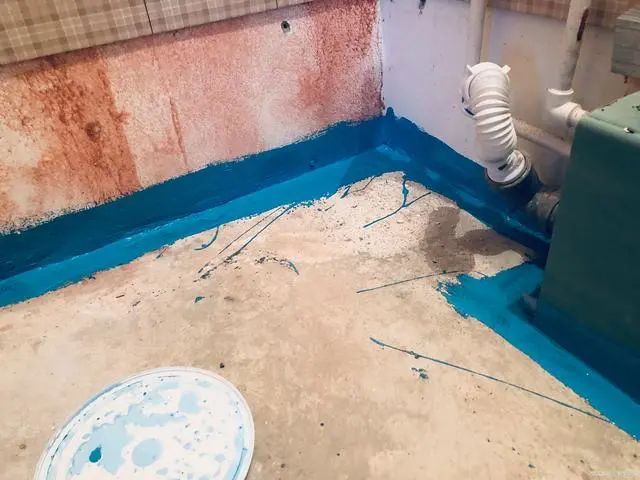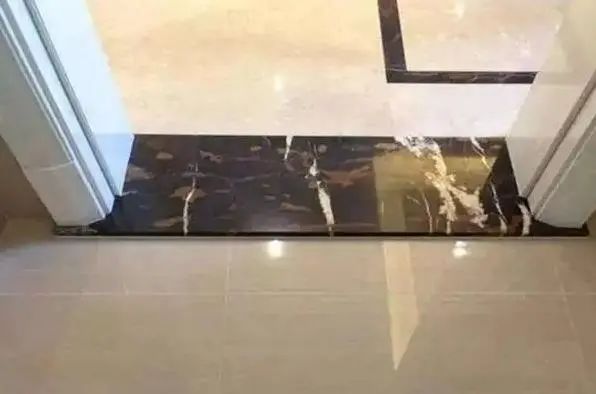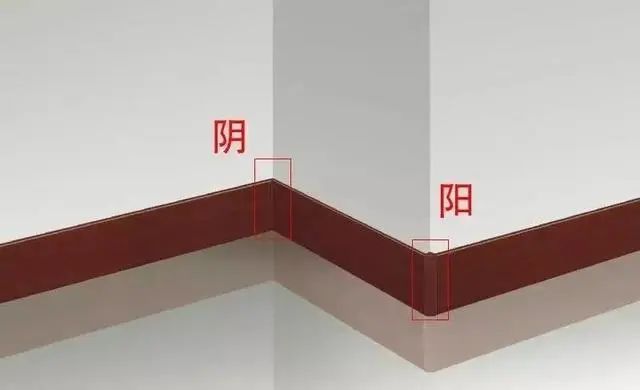The bathroom is a crucial area of the house for waterproofing, as the space is small and full of detail. It is also the most frequently used water-related area in the home. Poor waterproofing can lead to significant losses for homeowners.

Here are four important details to consider when waterproofing a bathroom, along with the appropriate waterproofing methods to use:
1. Waterproofing around pipes:
The areas around bathroom pipes are vulnerable points for waterproofing and common areas for leaks. Special attention must therefore be paid to these areas during the waterproofing process.

Key stages of waterproofing:
Groove sealing: Create grooves around the pipe, the depth and width determined by the structural layer, to ensure there is no loose mortar around the PVC pipe. Seal the area with waterproof sealant, waterstops, or other sealing materials.
Mortar leveling: Use leak-blocking products to level the pipe area and create an elbow to prevent stress concentration cracking.
Reinforced waterproofing: Apply a reinforced layer of waterproofing around the pipe, extending at least 300mm outwards from the center of the pipe, using a "two coat, one fabric" construction process, incorporating reinforcing materials into the waterproofing coating.
2. Floor drain waterproofing:
The floor drain is a critical component of the bathroom drainage system, providing both drainage and deodorization functions.

Construction steps for floor drain waterproofing:
Leveling layer: Determine the slope from the floor drain outlet, ensuring a slope of at least 1% (typically 2%). The floor drain should be 5-8mm below the surface.
Grooving: If not pre-grooved, create grooves between the floor drain and the concrete, ensuring that there is no loose mortar around the PVC pipe. Seal the area with sealant or other sealing materials.
Reinforced waterproofing: Apply a reinforced waterproofing layer around the floor drain, extending at least 300mm outwards from the center of the drain, using a 'two coat, one fabric' construction process with added reinforcing materials.
3. Threshold stone waterproofing:
Threshold blocks prevent moisture, floor warping, and water overflow. Inadequate waterproofing can lead to problems such as mold and floor warping.

Bathroom entrance waterproofing:
Water Stop Ridge: Construct a water stop ridge using cement mortar, 30mm high, ≥50mm wide, and matching the length of the entrance.
Gap Filling: Use waterproofing products to fill gaps between the coping stone and the water stop ridge and between the coping stone and the doorway.
Waterproof Coating: Extend the waterproof coating over the water stop ridge to a length of at least 500mm and a width of at least 200mm on both sides. If the curb is already installed, repeat the waterproofing on the bathroom side.
4. Waterproof inside and outside corners:
Internal corners are recessed while external corners protrude. Due to the disconnected nature of bathroom walls and floors, these corners are prone to leakage and require reinforcement.

Waterproofing steps for inside and outside corners:
Base treatment: Check the leveling layer for smoothness and correct slope. If uneven, level with cement mortar or filler and remove any mortar skin adhering to the surface. Thoroughly clean the area.
Arc treatment: Use leak-blocking products to create an arch in the interior corners.
Reinforced waterproofing: Use a 'two-coat, one-fabric' construction method on the inside and outside corners, incorporating reinforcing materials into the all-around waterproofing adhesive.
Bathroom waterproofing is a critical and challenging aspect of construction. To achieve optimum waterproofing results, the construction must adhere to standardized requirements.




